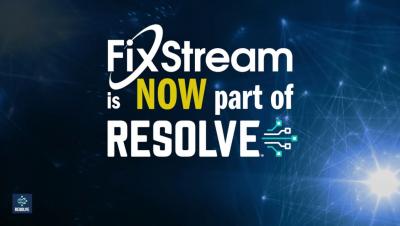Updating Resources.mpx at build
If you’re developing a management pack with custom UI and/or .NET modules you’ve gone through the steps of getting your DLL recognized by the engine and loaded as an Assembly or DeployedAssembly depending on the project (here’s an SCSM example). Durning an ongoing project constantly updating the resource mpx file to have the correct QualifiedName can be frustrating, time-consuming, and error-prone.











